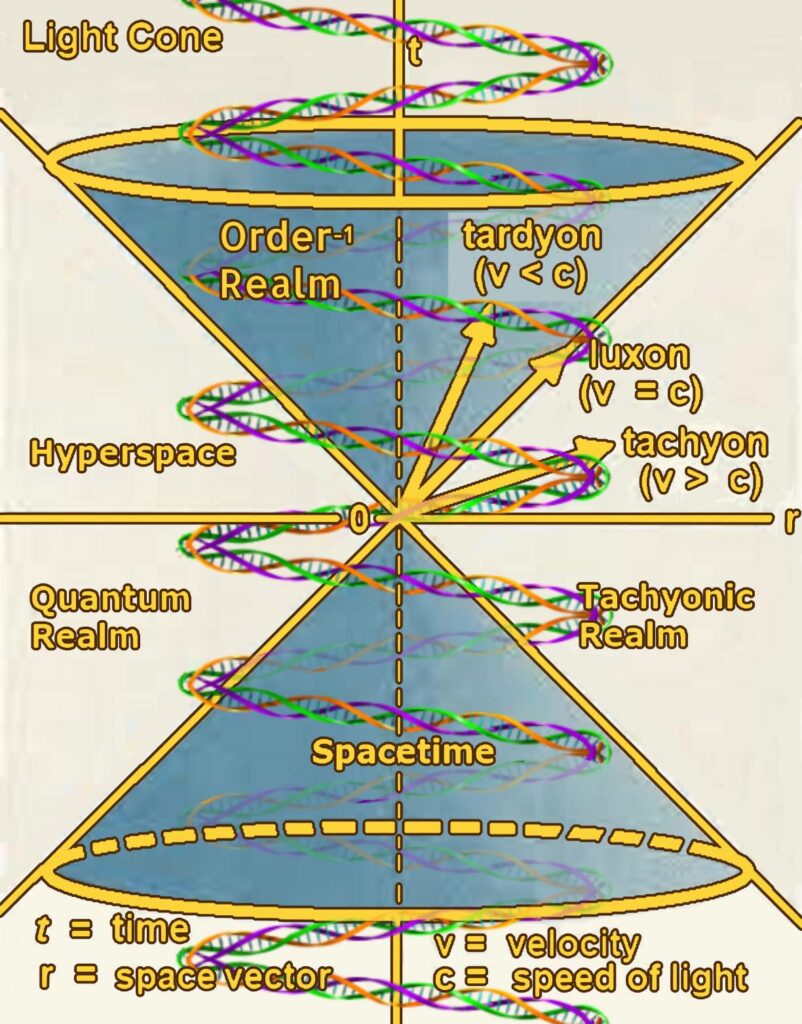
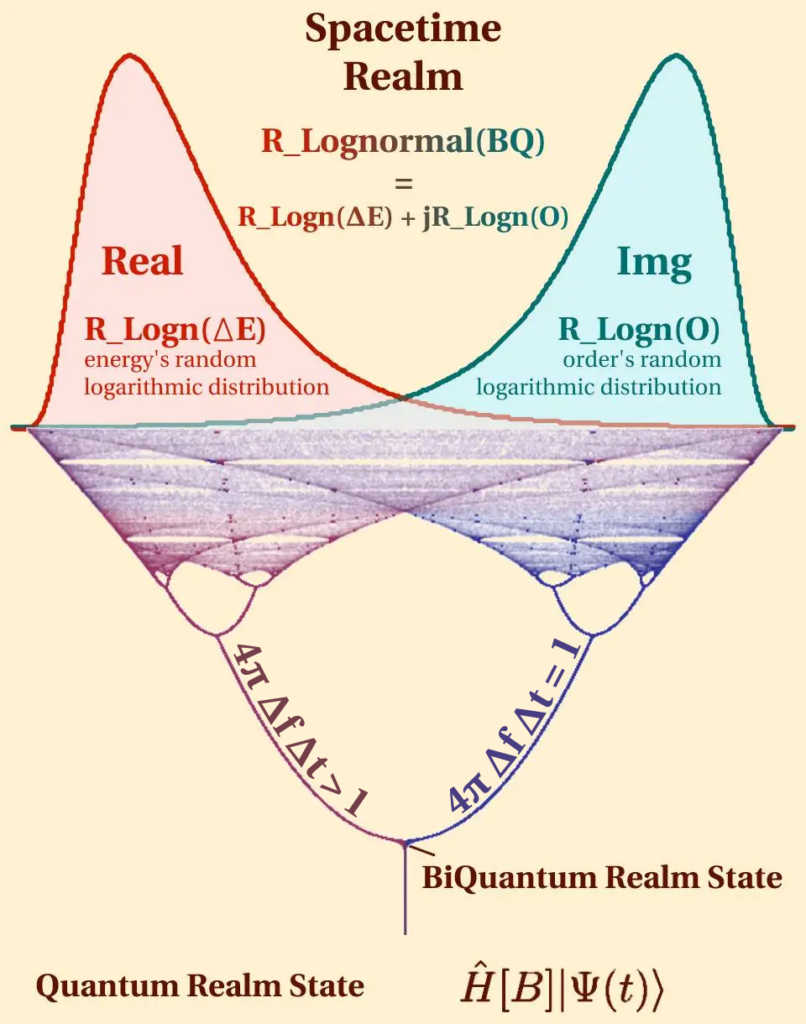
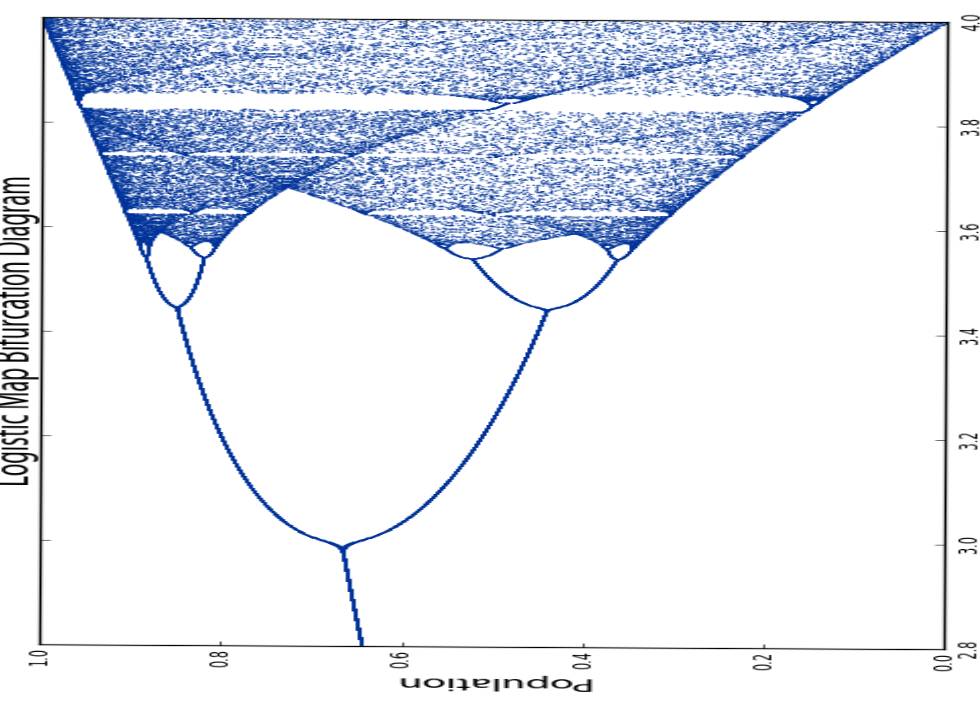
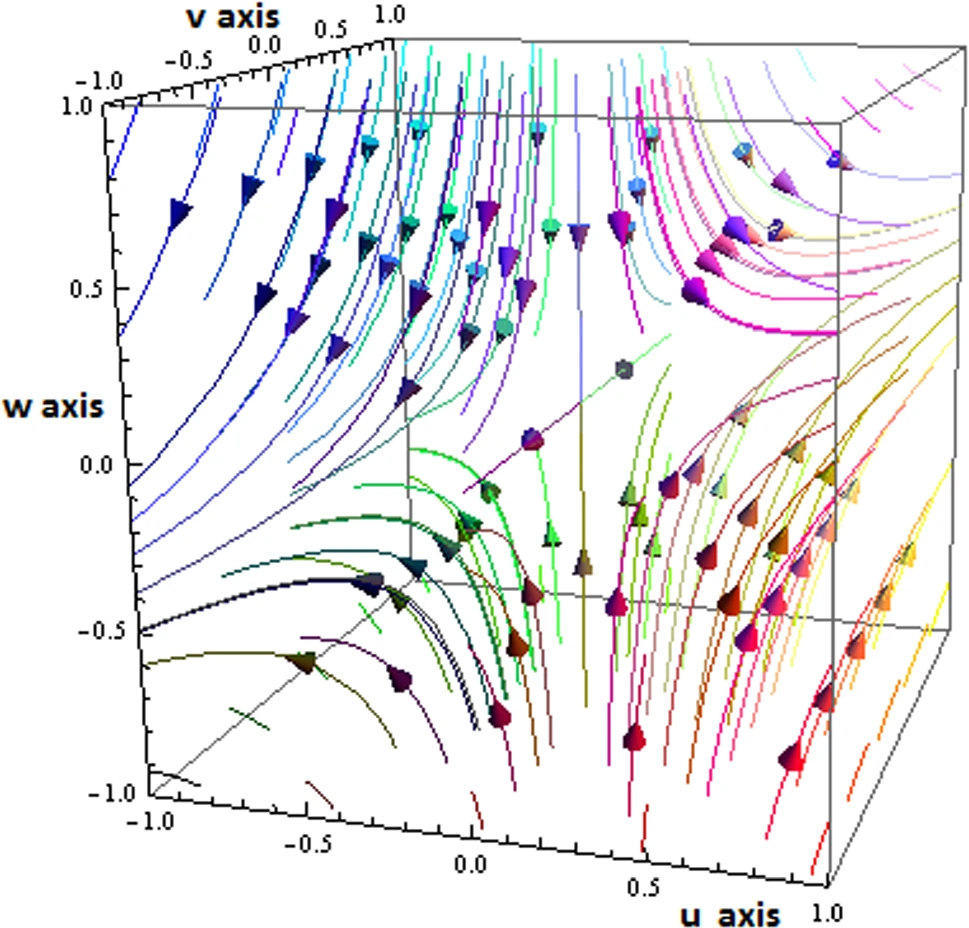

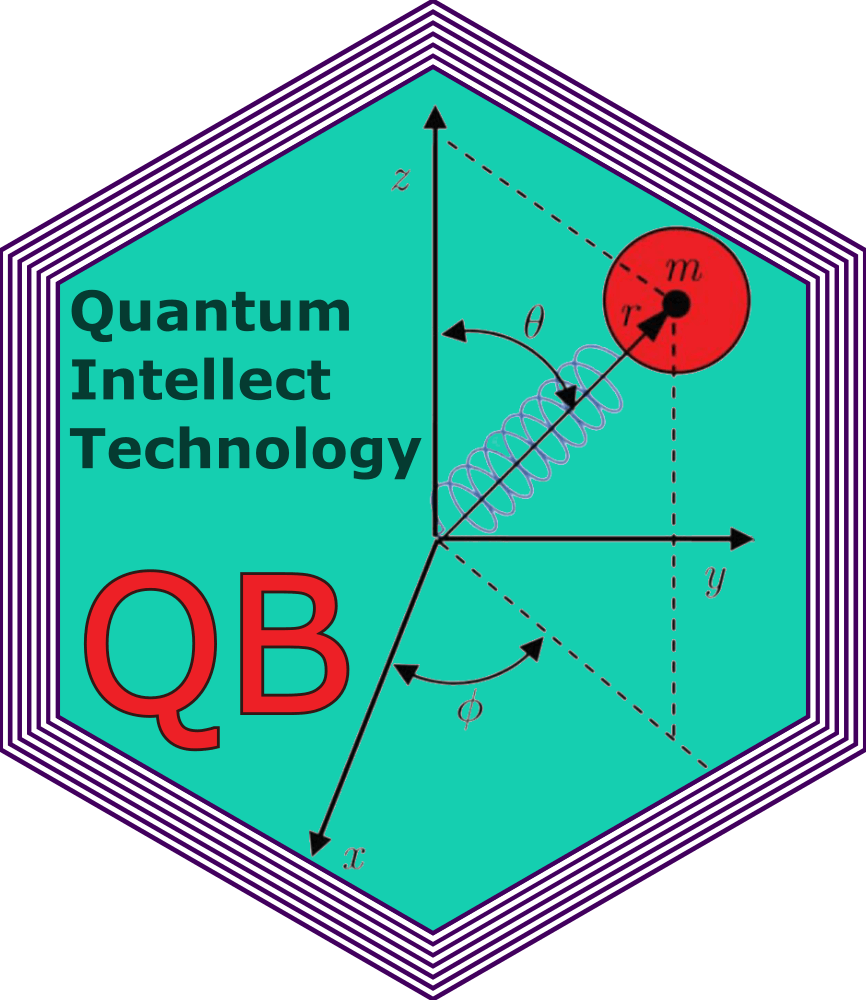

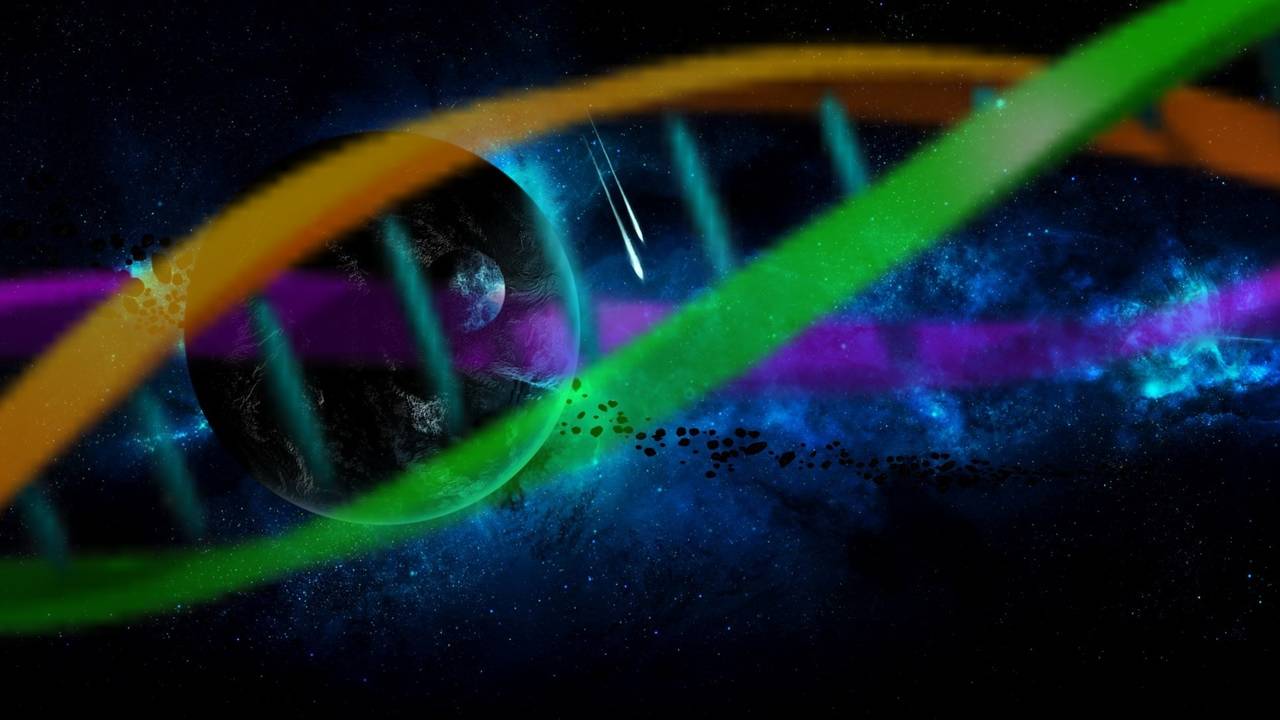
Read also at: https://pinsspinon.wordpress.com/tachyons-xx/
Tachyon Time Crystals (TTCs): Merging Faster-than-Light Particles with Temporal Symmetry Breaking
Tachyon Time Crystals (TTCs) are a novel concept combining the properties of tachyons, hypothetical particles that travel faster than light, with the unique properties of time crystals. Time crystals are structures that exhibit periodic oscillations in time, breaking time-translation symmetry, while tachyons have been theorized to possess negative mass and potentially influence the fabric of spacetime itself. TTCs thus merge two extraordinary concepts to explore how tachyonic properties might lead to unique forms of temporal periodicity and symmetry breaking in both quantum and classical settings.
What are Tachyons?
Tachyons are hypothetical particles that move faster than the speed of light. Theoretical frameworks such as M-theory and quantum field theory make space for tachyons, which are often considered to possess imaginary mass. These particles are thought to arise under specific circumstances, such as in unstable quantum fields or as excitations in string theory [Carollo et al., 2024]. Despite a lack of experimental evidence, tachyons remain a popular subject of study because of their intriguing implications for causality and the structure of the universe.
One of the ideas explored is the relationship between tachyons and consciousness. Theoretical models suggest that tachyons could influence mental processes, likening them to “psychons” that interact with the brain’s quantum fields. This connection, though speculative, posits that tachyons might play a role in human cognition and memory, aligning the idea of tachyonic fields with the metaphor of a “mind field” [Syamala Hari, 2010].
Time Crystals and Tachyons
Time crystals are a phase of matter that breaks time-translation symmetry, resulting in systems that exhibit persistent, periodic behavior without external input. The idea behind TTCs is to investigate what happens when a system characterized by faster-than-light tachyonic particles is introduced into the dynamics of time crystals. Specifically, TTCs can be imagined as time-crystalline structures influenced by tachyonic energy, with bifurcation oscillations providing an ongoing, non-equilibrium condition where time-periodic behavior can thrive [Doktor Habdank, 2024].
In these systems, tachyons may influence how oscillatory behavior develops. The bifurcation quantum oscillator model, as explored by Doktor Habdank, describes a transition from Minkowski space to tachyon space, where tachyonic bifurcations allow for temporal behaviors that are not found in conventional time crystals. The oscillations could take the form of time-pinned or ‘anchored’ structures, where tachyons act to stabilize or destabilize specific phases, leading to exotic forms of time-symmetry breaking.
The Role of Bifurcation and Quantum Oscillators
The concept of bifurcation is essential to understanding TTCs. Bifurcation refers to a system’s behavior branching into multiple possible paths, often leading to the emergence of new structures or behaviors. In TTCs, bifurcations occur at specific multidimensional spacetime points influenced by tachyons. This creates a highly dynamic system that oscillates between different states of energy and entropy.
A bifurcation quantum oscillator model has been proposed to explain the behavior of tachyons in a time-crystalline setting. In this model, the system undergoes bifurcations, where tachyonic energy contributes to creating new stable and unstable states. This process can be described by mathematical models involving random log-normal distributions of energy and entropy, which interact to generate the periodic time-crystalline structure [Doktor Habdank, 2024].
Implications of Tachyon Time Crystals
The theoretical framework for TTCs suggests several implications for both fundamental physics and potential technological applications:
- Quantum Teleportation: TTCs could be used in quantum teleportation, where tachyonic properties may enable faster-than-light signaling across a quantum network. Quantum teleportation is a process by which quantum information, such as the state of a particle, is transmitted from one location to another without the physical transfer of the particle itself. This process utilizes entangled particles and relies on the unique properties of quantum entanglement, offering a secure and efficient way to transfer information. By incorporating tachyons, the concept of quantum teleportation could theoretically be expanded to allow for faster-than-light information transfer, potentially revolutionizing our understanding of quantum entanglement and teleportation.
Quantum teleportation has already been demonstrated in laboratory settings, where entangled particles are used to instantaneously transfer quantum states over distances. The key to this process lies in the creation of an entangled pair of particles, where the state of one particle is directly correlated with the state of the other, regardless of the distance separating them. When tachyonic properties are introduced, it may be possible to enhance this entanglement, allowing for even more rapid and potentially faster-than-light communication. This would push the boundaries of current quantum information theories and technologies, leading to groundbreaking advancements in quantum communication networks. - Consciousness and Quantum Metaphysics: The role of tachyons in models of consciousness implies that TTCs could be applied to explore the relationship between the physical brain and quantum cognition. The zero-energy tachyon field, described as akin to a “mind-field,” might provide insights into how consciousness and memory are linked to quantum processes [Syamala Hari, 2010].
- Advanced Quantum Sensors: The bifurcation dynamics present in TTCs might also be used for sensing applications, particularly in detecting quantum fluctuations or changes in spacetime metrics. The sensitivity of TTCs to bifurcation points could potentially allow for highly precise measurements at quantum scales, surpassing the standard quantum limits.
- Non-Local Interactions: Due to their faster-than-light nature, tachyons could induce non-local correlations across spatially separated regions, effectively “linking” the temporal behavior of time crystals located far apart. This could lead to intriguing phenomena where one TTC’s oscillations directly influence another’s, irrespective of distance.
Quintessence and Symmetry Breaking in String Theory
Quintessence in string theory is a concept involving a dynamic field that could explain the accelerated expansion of the universe, often attributed to dark energy. In string theory, quintessence fields can naturally emerge from the compactification of extra dimensions. One notable model suggests that the quintessence field acts as a modulus, describing the size of internal space, which can develop a potential leading to a small dark energy scale. Another approach considers axions as quintessence fields, influenced by 5-branes in warped space regions.
Tachyons, Quintessence, and Bose-Einstein Condensates
There is a unique connection between tachyons, quintessence, and Bose-Einstein condensates (BECs). Quintessence, as a dynamic scalar field that can explain the universe’s accelerated expansion, may be deeply connected with tachyons, especially in the context of string theory. Tachyons, often hypothesized to be related to instabilities and faster-than-light phenomena, can interact with quintessence fields to influence cosmological behavior in a unique manner.
When examining Bose-Einstein condensates, especially in cosmological settings, scalar fields like quintessence can undergo condensation under specific conditions. BECs provide a framework where scalar fields form coherent quantum states that exhibit macroscopic quantum properties. The document also highlights the idea of Bose-Einstein condensation occurring around black holes and dark energy-dominated regions, which aligns well with how tachyonic energy could potentially interact with such condensates. The interplay of curved space, particle dynamics, and tachyonic excitations can create unique environments conducive to Bose-Einstein condensation.
Thus, the merging of tachyons, quintessence, and BECs suggests a scenario where tachyonic fields can trigger or stabilize the condensation of scalar fields, contributing to dark energy phenomena or new states of matter. This theoretical synthesis might also shed light on the non-equilibrium dynamics of dark energy and dark matter, potentially revealing more about their quantum underpinnings and macroscopic behavior. [1]
Challenges and Future Directions
One of the main challenges with TTCs lies in their highly speculative nature. Tachyons have yet to be experimentally confirmed, and the technical difficulties in detecting faster-than-light particles remain immense. Moreover, the theoretical integration of tachyons into stable quantum systems presents additional challenges in terms of maintaining coherence and preventing system collapse due to instabilities induced by negative mass.
Future research into TTCs will likely focus on theoretical simulations and analog models that can help visualize and predict the behavior of these exotic systems. Exploring tachyonic fields within the framework of string theory and their implications for non-equilibrium quantum dynamics will also be key to understanding whether TTCs can move from a theoretical concept to an experimentally realizable phase of matter.
[1] Gültekin, K. (2023). Bose-Einstein Condensation and Black Holes in Dark Matter and Dark Energy. arXiv:2307.16161 [gr-qc]. Retrieved from https://doi.org/10.48550/arXiv.2307.16161
[2] Kurizki, G., Kozhekin, A. E., Kofman, A. G., & Blaauboer, M. (1998). Optical Tachyons in Parametric Amplifiers: How Fast Can Quantum Information Travel? In Proceedings of the VII Seminar on Quantum Optics, Raubichi, Belarus, May 18-20, 1998. Chemical Physics Department, Weizmann Institute of Science, Rehovot, Israel; Vrije Universiteit, Amsterdam, Netherlands.

